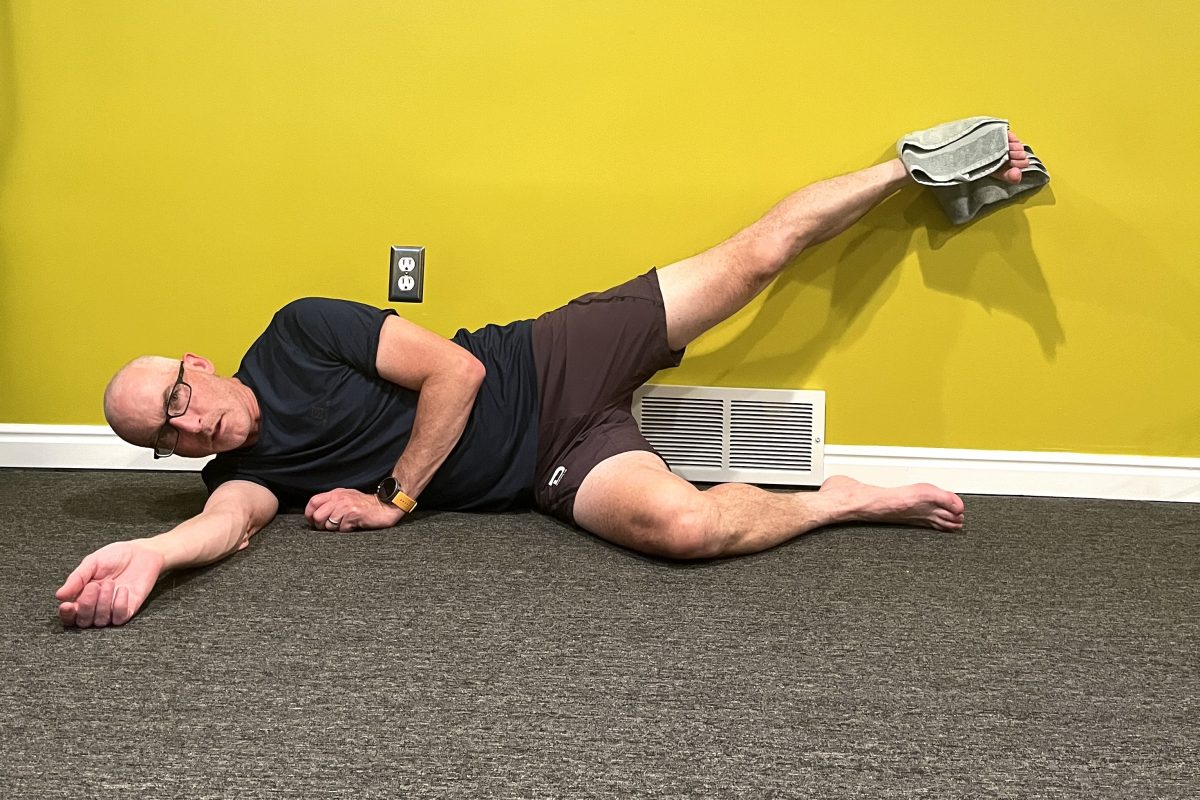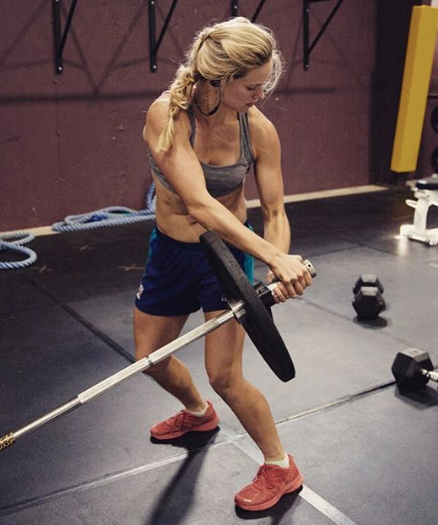Summer for the US Cross-Country Ski Team is officially over on August 2nd. On August 3rd we leave for the middle of winter, which lies 13hours over the Pacific Ocean in New Zealand. After a month in NZ we return to Park City, Utah, to begin fall training.
The National team and Development team, as well as a small hand-full of promising non-national team athletes, have been training together in Park City this July. It has been a successful summer of training.
We measure the success of our summer training by the fitness and strength of our athletes compared to last summer as well as how well they’ve made technique adaptations since the winter.
Summer and fall fitness is measured primarily through our 5 and 10km running time-trials on the Soldier Hollow Olympic trails. We use a running threshold test on a treadmill to double-check training zones, and this is also a valid test of improvement (we do not test V02 max — only lactate levels at different intensities to determine training zones).
Strength gains are easy to measure: if they can lift more weight doing the same exercises, they are stronger. Measuring how well these strength gains are translating to speed on snow, however, is more difficult. We are experimenting with a way to do this, but for now, so long as fitness is improving and they are lifting more weight, we are doing well.
We are also learning more about technique by using speed traps and adjusting technique and perceived exertion on different passes through the trap. So far though, if the athlete feels that the new technique adaptation introduced by the coaches feels more effective and they are able to learn and implement it, then we have made progress.
Our primary technique goal has been developing a quick and powerful application of power from a high and forward position on top of the ski and right over the poles. To accomplish this we have, in many cases, shortened the rollerski workouts and sped them up so that the athletes can work at a higher speed with a quicker application of power. This is contrary to our desire to train at an easy intensity in distance training. We do not ski faster because we think there is any advantage fitness-wise to doing so, but only to learn to ski with quick, snappy technique. We have found that if our athletes can ski at a higher speed in distance training for a few weeks they learn to ski with good application of power even at a very easy intensity. To accommodate the slight rise in intensity during distance rollerski sessions we shorten the sessions, and make sure they are doing their distance runs at a very easy intensity. We have put a lot of emphasis on this with our women racers, and in general their improvement has been good. Top athletes are able to ski with very sharp, snappy technique with very low lactates and heart rates (strictly level 1).
After many close misses in races last season, we reasoned that speed should be a big emphasis for all our athletes. We started doing speed training early in the spring. We have introduced some form of speed in almost all ski-specific training sessions. An example of speed in a distance rollerski session would be skiing easy for 30 minutes and then doing one 10-second sprint every 6 minutes for the next hour and then skiing easy for another 30minutes. We also have some specific speed workouts as well as one spenst (ski specific bounding) workout a week — all aimed at a higher top speed and gaining more power in each motion over the long-haul.
Our primary reason for doing speed is to learn to ski efficiently at a higher velocity, but also to train our top-speed so as to be more competitive in the mass-start races.
Last year we missed two medals in the world championship pursuit by a matter of feet, and another medal by only a few seconds. We want some podium finishes this year at the World Cup, next year at the World Championships and at Olympics in Torino — and we don’t want to miss again.
So far Kris Freeman and Andrew Johnson have taken especially well to the new speed training. Both are markedly quicker in their technique even in easy distance skiing and both are much quicker over a short distance as well.
Freeman (4th, 15km 2003 World Championships) has made great strides in his training this summer and ran his personal best on the Soldier Hollow 10km time trial. His time improved by 40 seconds since last July and by 5 seconds over his previous best time (set last October). National team racer Andrew Johnson improved an incredible two and a half minutes since last July and 20 seconds over his previous best. New national team member Justin Freeman finished right behind Andrew — posting his first time at Soldier Hollow.
Development team skier Aubrey Smith (former top 15 at World Junior Championships) also improved dramatically, cutting half a minute from her Soldier Hollow 5km time. National team skier Wendy Wagner is unable to race the Soldier Hollow courses as the steep and rough descents are too hard on her knees, but she did set her personal record in the 5km on the road. Wendy has taken the role of team leader for the women’s squad — the development team is full of young talented women skiers and they are lucky to have such a great role model in Wendy Wagner.
National Team skier Carl Swenson (5th, 50km 2003 World Championships) does not participate in team training in July as he races his mountain bike professionally for Polo-RLX. You can check Carl out at <http://entertainment.polo.com/editorial/static/carl_swenson.asp. He will join the National team full-time in either August or September depending on whether he qualifies to race at the MTB World Championships (he did race at mountain bike worlds last year — and is likely to do so again this year). Carl’s summer training is simple: ride and race — a lot.
Development skier Andrew Newell (7th Jr. World sprint) has shown himself to be even faster this year (watch for his name in the future!), as has national team sprint specialist Torin Koos. Torin’s technique at high-speed is far more dynamic and powerful than last year and he is aiming for several top 16 sprint finishes this year on the world cup.
We have established an actual sprint team consisting of Newell, Chris Cook and Torin Koos. Their training is tailored to the sprint event — look for details in the future.
All of the athletes have made gains in their treadmill testing and we have been learning more about our athletes through these tests combined with how the athletes feel in training and with lactate field-testing.
As an example of the sort of work we do in the weight room Wendy Wagner is able to do three sets of five free-dips with a 45-pound weight vest. Andrew Johnson is doing the same with over a hundred pounds in the weight vest. This is one of four to five max strength exercises we do in combination with core-strength. The whole team has made strength progress, and this seems to be translating well to the double pole workouts in which the team is looking very fit.
As was the case last year, we have put an emphasis on team cohesion. A new updated team cohesion contract is in the works. We are also working on our psychological game plan, which is aimed at becoming the absolute most mentally tough team in the world.
Summer is over in a few days. Then we are off to New Zealand to ski big hours on snow for a month. The team will return to Park City to train a lot of intensity in September and October before heading to Fairbanks, AK for the start of the race season.
We will be conducting our open camp this September just as we did last year. All US athletes and coaches that want to win at the international level are invited. Contact pvordenberg@ussa.org for info.
Keep an eye out for further updates.
Pete Vordenberg
USST Assistant Coach



